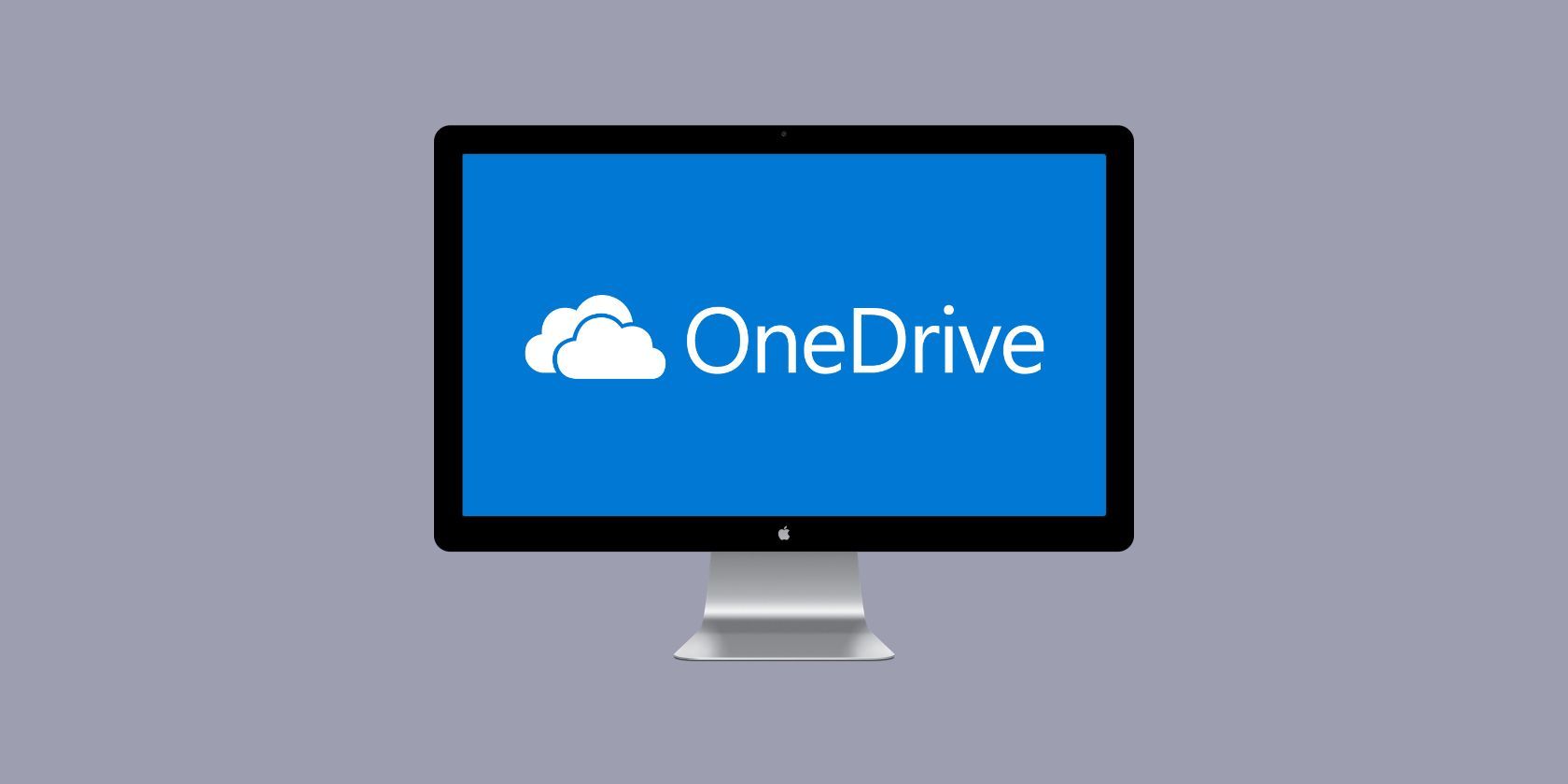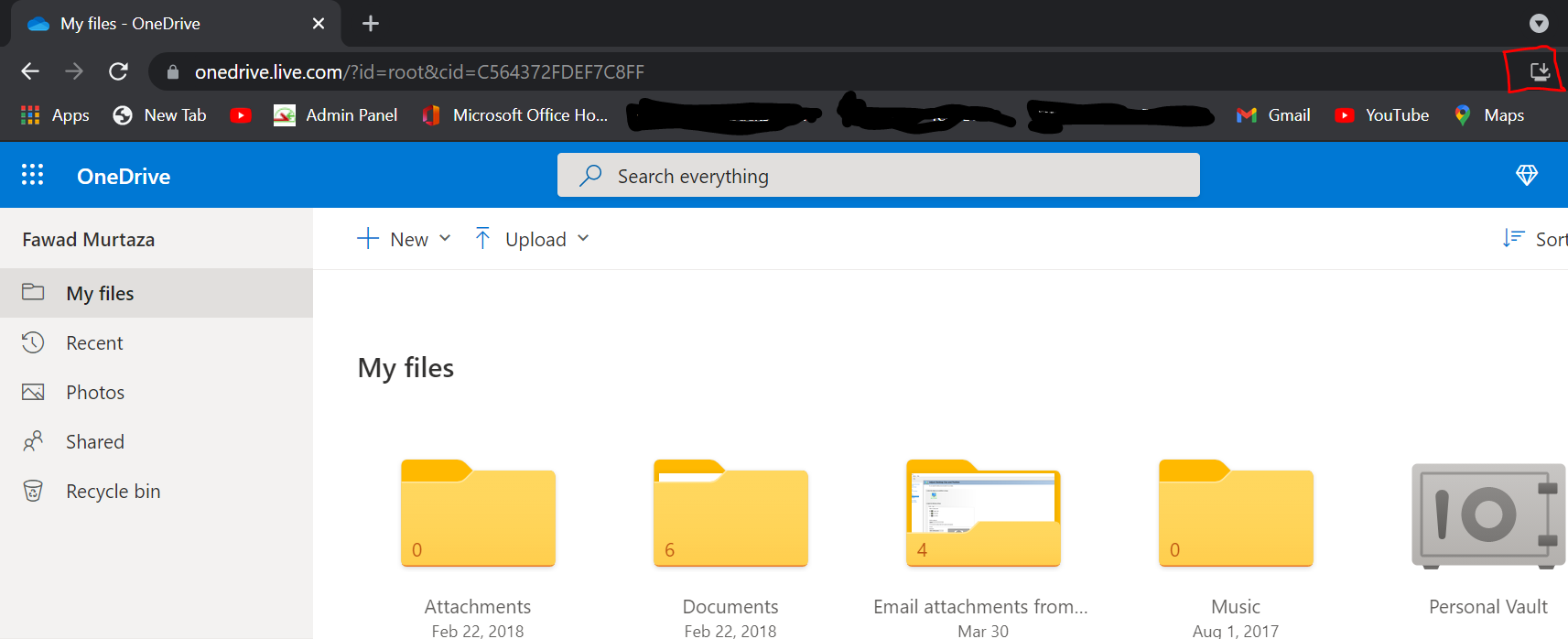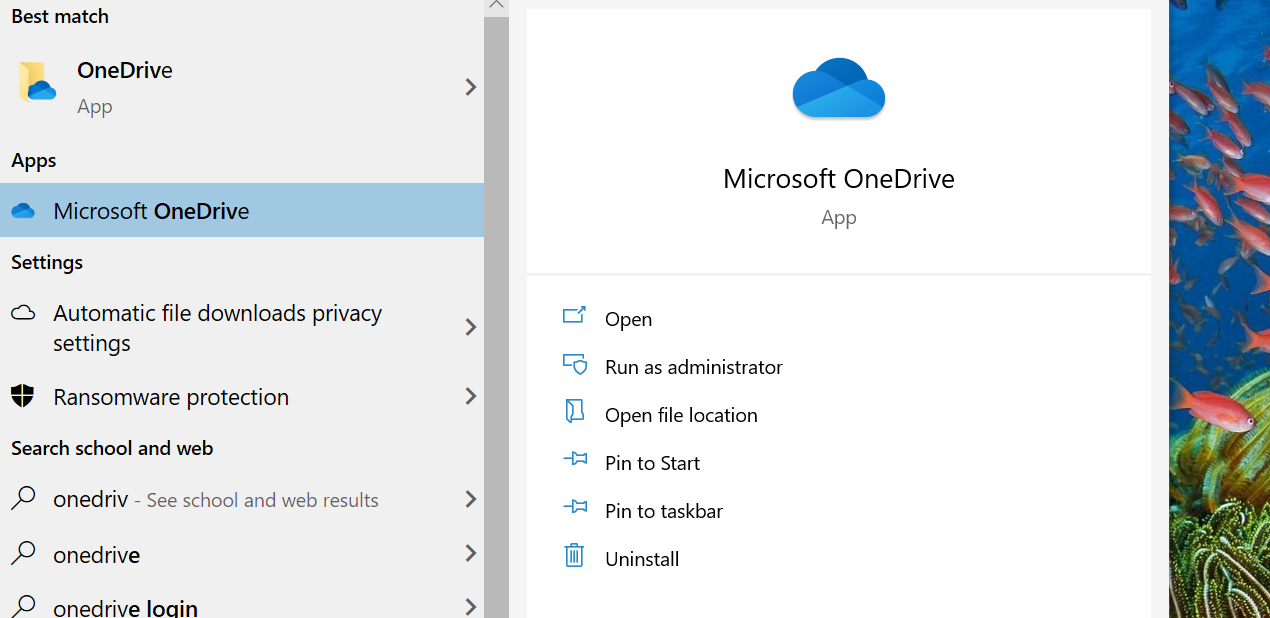Progressive Web Apps (PWAs) are growing in popularity. More and more developers are choosing to launch their products as PWAs, and OneDrive is the newest big-name addition to the market.
Microsoft has now allowed its users to install OneDrive’s website as a PWA. This is a welcome change for people who want a reliable OneDrive experience without downloading a native app on their device. So, let’s take a brief look at PWAs and see how you can install OneDrive as one.
What Are Progressive Web Apps?
Generally, there are two types of apps: the kind that you access through a web browser (a website) and the kind you install on your device. Each has its own advantages and disadvantages.
For websites, the advantages lie in their ease of access and reach. Websites are always available and on any device, as long as you have an internet connection. They are also up to date, so you never need to install any updates for them.
The primary disadvantage of websites is their lack of OS-level capabilities. For instance, websites can’t interact with the file system on an OS very easily, which can slow things down.
Contrary to websites, native apps can be installed on any device. These apps can also access local file systems, use hardware peripherals like USB sticks, and cameras, etc. Native apps are also reliable and always on hand, even when you don’t have an internet connection.
That said, native apps aren’t up to date whenever you use them. You either have to update them manually or auto-update them. Plus, native apps are platform-specific. Developers have to make different versions of an app for different operating systems.
Progressive Web Apps take the reach of websites and combines it with the reliability and installability of native apps. Users can install PWAs to make them behave like native apps, while still retaining their web-like nature.
PWAs have also started receiving native app-like capabilities. For instance, new APIs are allowing PWAs to access local file systems and hardware peripherals.
Furthermore, PWAs are often more performant than native apps and come with reduced install sizes. And smaller install sizes make them the best choice if you are tight on storage space.
Long story short, the term “Progressive” in a PWA refers to websites that are closer in capabilities to native apps while possessing the same reach and up-to-date nature of modern websites.
How to Install OneDrive as a Progressive Web App on Your Device
First up, go to the official OneDrive website. If you are using a Chromium-based browser such as Google Chrome or Microsoft Edge, click on the install icon located on the right edge of the address bar, and then click on Install. This will install OneDrive on your device.
If you want to pin OneDrive’s PWA to the taskbar, hit Win + S, type “OneDrive”, and click on the arrow in front of the app icon. Select Pin to taskbar and the app will show up in the taskbar.
PWAs are available in almost all major browsers including Safari, Chrome, Edge, Firefox, and Opera. Similarly, mobile browsers have also started rolling out PWA support en-masse. So, update your internet browser if you don’t see the option to download PWAs.
Progressive Web Apps Are the Future
Progressive Web Apps have a single codebase and carry the advantages of both websites and native apps. These qualities make PWAs a better alternative to conventional web design.
As more and more developers decide to take advantage of PWAs, the ecosystem of available apps will mature. This will lead to further innovation around the PWA landscape making the technology more competitive.
In short, PWAs are looking like the future. And with added benefits like reduced storage requirements, PWAs will likely go mainstream soon.



